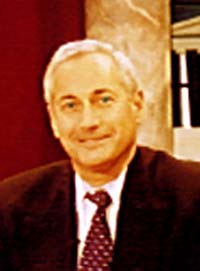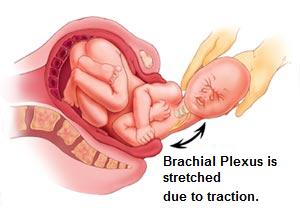Every so often a defendant will hire an expert that will look at pictures of the damage to a vehicle, and then pretend to tell the jury that the plaintiff couldn’t have been hurt based on damage to the vehicle.
You saw that word “pretend,” didn’t you?
When people talk about “junk science” it is usually defense-minded folks looking to blame plaintiffs’ lawyers for some crazy theory of injury. But I see the other side when it comes from less-than-candid defense experts (such as this).
The phrase junk science likely popped into the head (but not the written opinion) of Justice Arlene Bluth recently, as she sat in her New York County Supreme Court motor vehicle part (which, for you out-of-towners, is our top trial level court).
What Justice Bluth wrote in her recent decision in Neat v. Pfeffer is applicable to anyone in any part of the country, as she gives a road map to exposing the junk. So it is worth reading even if you hale from elsewhere.
The context of her decision is an attempt by Dr. Robert Fijan to testify about both the forces on a car in a collision and whether the plaintiff could have sustained her injuries from this collision. Justice Bluth ruled that while he could testify as to the former, he couldn’t testify to the latter, concluding that if he testified about the injuries it would be junk science (again, not her words, but mine).
Why junk? Read on…
Cynthia Neat was a back seat passenger in a taxi that was rear-ended. Dr. Fijan — who is a Ph.D. and not an M.D., which makes a pretty big difference in this context — wanted to testify about both the severity of the impact and the claim that the plaintiff could not have suffered a rotator cuff and SLAP tears as well as a torn meniscus in her knee, among other injuries. And he wanted to do this based solely on a single black and white photograph of the taxi she was in.
So Justice Bluth ordered a Frye hearing to test the scientific basis of such testimony to see if if was generally acceptable in the scientific community. And she then proceeded to deconstruct why D. Fijan, who is not an M.D., couldn’t testify about whether the injuries were caused by the collision:
First, there was no significant peer-reviewed literature validating his methods. As per Justice Bluth, noting the difference between theories of force in a lab, and those in the real world:
He testified that in order for a ligament to tear, it must be stretched to a certain point; in order for a bone to break, there must be a specific amount of force and bending. Understandably, experiments cannot be performed on live people – it would not be appropriate to ask volunteers to participate in crashes so their injuries can be measured. Additionally, it makes sense that a 75 year old woman with osteoporosis may suffer a broken bone with less force that it would take a 25 year old man’s bone to break, and a swimmer’s shoulder muscles may withstand more strain than those of a sewing machine operator.
Second, the literature he did use came from the National Highway Transportation Administration, and the standard crash dummy tests that they use. But which of us is actually a standard human being? Justice Bluth:
…while these studies have been based on biomechanics… the dummies are based upon the 50th percentile in height and weight, not a woman of plaintiffs height and weight. Besides, even if plaintiff happened to be the size of a NHTSA crash dummy, Dr. Fijan failed to show that NHSTA studies reliably predict what force it would take to tear a rotator cuff or cause a meniscus tear, for example; crash-test dummies do not have human bones or ligaments or tendons. Some of the other literature about which Dr. Fijan testified related to sports medicine. Even if studies showed that a pitcher’s rotator cuff could only withstand so many pounds of force/stretching before tearing, there was no proof that this plaintiffs rotator cuff was comparable to that of any athlete. Dr. Fijan cited to studies relied upon to build prosthetic devices and artificial joints; again, while a “normal” knee may take “x” pounds of pressure, who says this plaintiff had a normal knee? Certainly, Dr. Fijan, who is not a medical doctor, could not speak to the condition of plaintiffs body.
For the practitioner preparing to face down one of these experts, that is an awful lot of meat and potatoes, and represents a nice little road map into defeating what I think is junk science.
There are people that are badly injured in low impact collisions, and there are people that walk away from spectacular speedway crashes (Kyle Larson uninjured in this Daytona crash). We are all a bit different from each other, and crashes in labs don’t replicate the myriad ways that cars actually get hit, in conjunction with the different ways a body may be sitting, in conjunction with the different reactions that might occur to the body if there is even a split-second of warning, in conjunction with our own physiques.
My opinion? It’s junk science that doesn’t belong in the courtroom.
Kudos to Steven I. Fried who represents Ms. Neat.


